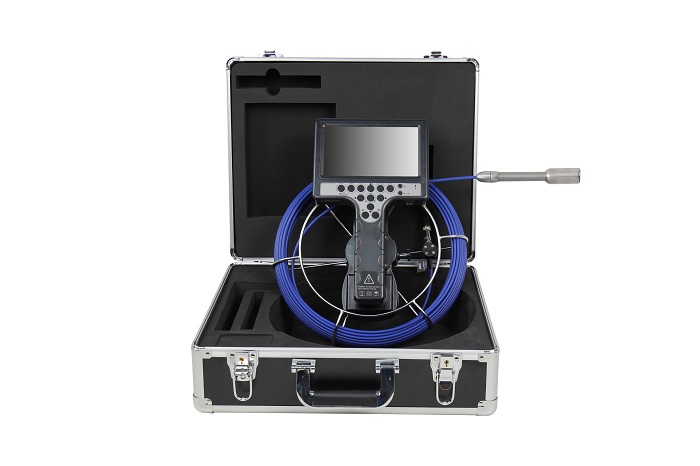Industriële videoscoops are valuable tools used in various industries for visual inspection of hard-to-reach areas. Prior to using an industrial videoscope, certain preparations need to be made to ensure a smooth and effective inspection process. This article outlines the key steps and considerations involved in preparing for the use of an industrial videoscope.
- Equipment Inspection: Before starting an inspection, it is essential to inspect the industrial videoscope and its accessories. Check the condition of the videoscope’s probe, camera head, and cables for any signs of damage or wear. Ensure that all components are functioning properly and securely connected.
- Battery and Power: If the industrial videoscope operates on a battery, ensure that it is fully charged or has sufficient power for the intended duration of the inspection. In the case of a wired videoscope, make sure that the power source is readily available and functioning correctly.
- Lighting Conditions: Assess the lighting conditions in the inspection area. In dimly lit environments, additional lighting may be required to enhance visibility. Some videoscopes have built-in adjustable LED lights on the camera head, while others may require external light sources. Ensure that appropriate lighting equipment is available and properly positioned for optimal image quality.
- Calibration and Settings: Calibrate the videoscope, if necessary, according to the manufacturer’s instructions. This may involve adjusting the focus, white balance, and other image settings to ensure accurate and clear visuals during the inspection. Familiarize yourself with the videoscope’s controls and menu options to make any required adjustments before starting the inspection.
- Safety Precautions: Identify potential safety hazards in the inspection area. Consider the presence of hazardous substances, electrical equipment, confined spaces, or any other risks that may require specific precautions. Ensure that appropriate personal protective equipment (PPE) is worn and safety protocols are followed throughout the inspection process.
- Test and Documentation: Perform a quick test of the videoscope by inspecting a known object or area. This helps verify that the videoscope is functioning correctly and allows for adjustments, if needed, before the actual inspection. Aanvullend, establish a system for documenting the inspection findings, such as taking notes, capturing still images, or recording videos, to facilitate analysis and future reference.
Conclusie: Proper preparations for using an industrial videoscope are essential for a successful inspection. By inspecting the equipment, ensuring sufficient power and lighting, calibrating the videoscope, taking safety precautions, conducting a test run, and establishing a documentation system, you can maximize the effectiveness of the inspection process. Following these steps will help you identify and address potential issues efficiently, ultimately improving the overall efficiency and reliability of visual inspections in various industrial applications.


